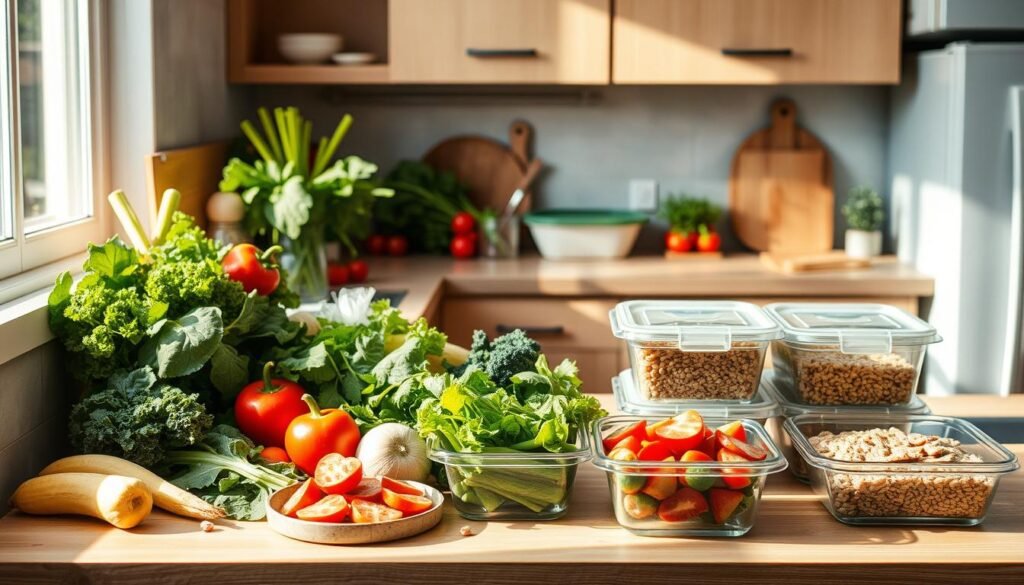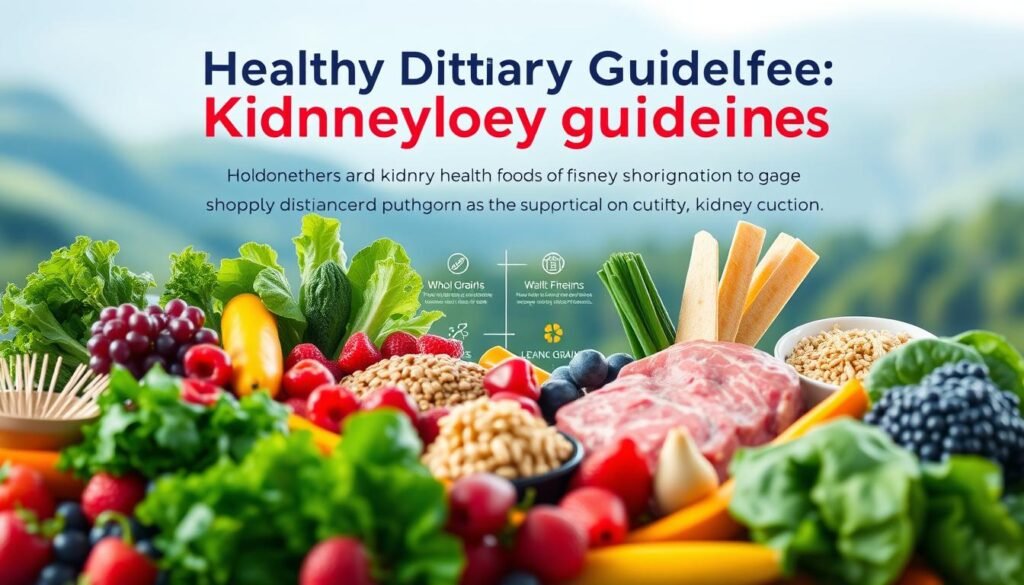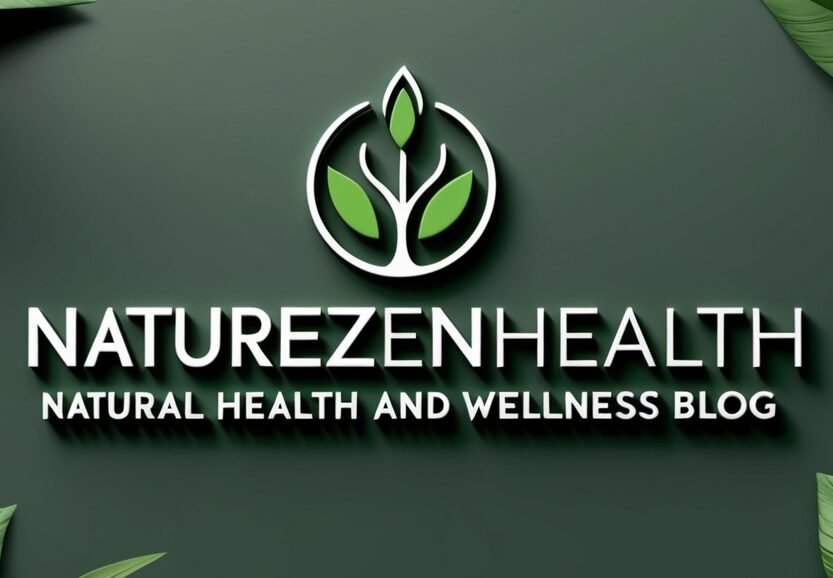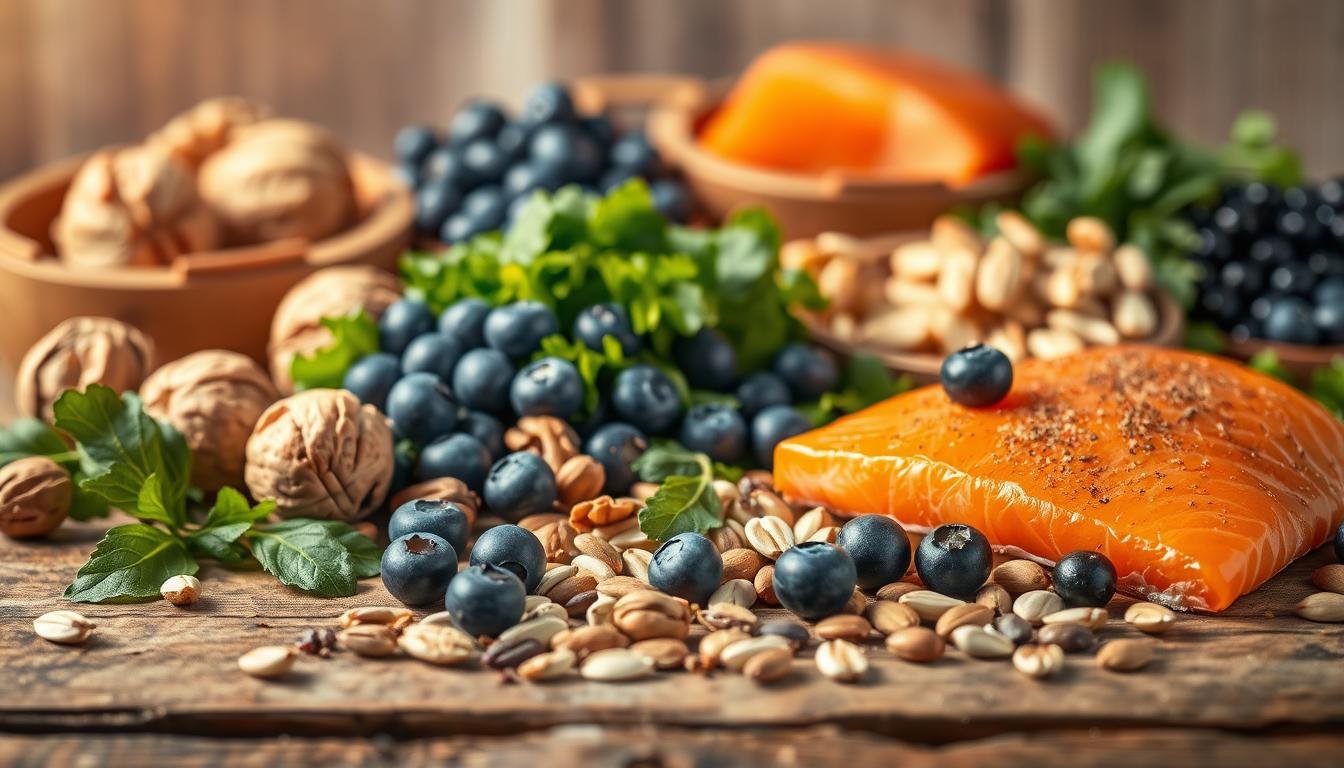Did you know that a bowl of potassium-rich spinach can help balance out the salt from snacks? It shows how small diet changes can cut down on medication needs.
Healthy eating is more than just feeling good—it’s a key to managing high blood pressure. This guide shares the top foods and tips to lower blood pressure, all backed by science. You’ll learn how everyday choices, like following the DASH diet, and focusing on nutrients like magnesium and healthy fats, are crucial.
Forget about fad diets. Our advice is all about making simple, effective changes to your meals. Whether you’re making breakfast or planning your groceries for the week, these tips make healthy eating easy and impactful.
Key Takeaways
- Key nutrients like potassium and magnesium directly impact blood vessel function.
- The DASH diet’s structure combines portion control with specific food groups for measurable BP benefits.
- Reducing sodium intake doesn’t mean eliminating all salt—focus on hidden sources in processed foods.
- Omega-3-rich foods like salmon and flaxseeds improve cardiovascular health alongside blood pressure.
- Meal planning tools and grocery lists make long-term dietary changes sustainable.
Understanding High Blood Pressure and Diet Connection
Nutritional guidance is key in managing blood pressure. Eating less sodium and more potassium-rich foods helps your blood vessels. Eating whole foods and balanced meals is a good start to prevent high blood pressure.
How Diet Influences Blood Pressure Levels
Eating too much sodium can harm your blood vessels and raise blood pressure. Foods high in salt and processed foods can cause fluid retention. On the other hand, foods like bananas and leafy greens help relax blood vessels.
Fiber from whole grains also helps keep your arteries flexible. This can lower the stiffness of your arteries.
The Science Behind Nutrition and Hypertension
Key nutrients like potassium and magnesium help your blood vessels work better. Antioxidants in foods like berries and dark chocolate protect your blood vessels from damage. Eating foods rich in fiber can also reduce the risk of high blood pressure.
Why Dietary Changes Can Be as Effective as Medication
“Dietary shifts can rival drug efficacy for some patients,” said a 2023 Journal of Hypertension study. The DASH diet reduced systolic pressure by 8-14 points, matching ACE inhibitors in mild cases. Unlike pills, these changes avoid side effects while addressing root causes like sodium imbalance.
These findings show how changing your diet can greatly improve your health. Small changes, like eating more carrots or choosing low-sodium soups, can make a big difference over time.
The DASH Diet: A Proven Approach for Hypertension
The DASH diet is a balanced eating plan that lowers blood pressure. It was created by top health groups. It follows dietary guidelines to cut down on sodium and focus on foods good for the heart.
Key Principles of the DASH Eating Plan
- Focus on fruits, vegetables, whole grains, and low-fat dairy
- Limits red meat, sweets, and processed foods
- Encourages healthy fats like nuts and olive oil
- Phases 1 and 2 provide structured sodium reduction steps
How DASH Differs from Other Diets
| Comparison | Mediterranean Diet | Keto Diet | DASH Diet |
|---|---|---|---|
| Sodium Limits | No strict limits | No focus | 1,500-2,300mg/day |
| Primary Goal | Heart health | Weight loss | Blood pressure control |
| Carb Intake | Moderate | Very low | High-fiber complex carbs |
“The DASH diet’s sodium-reduction framework is unmatched by no other popular eating plan,” states the National Heart, Lung, and Blood Institute.
Research Supporting DASH for Blood Pressure Management
A 1997 study found that DASH lowered systolic pressure by 5.7 mmHg on average. The American Heart Association now recommends DASH for managing high blood pressure. Studies show it works well for many people.
Starting DASH means eating like the USDA dietary guidelines suggest. You adjust the amounts based on your needs. It’s a flexible plan that’s been proven for over 20 years.
Potassium-Rich Foods That Lower Blood Pressure Naturally
Potassium-rich top foods for health are key in managing high blood pressure. They help balance sodium levels, which eases blood vessel strain. Eating these foods supports balanced diet suggestions that help lower blood pressure naturally.
Potassium works against sodium by relaxing artery walls and helping remove sodium. The American Heart Association highlights its importance for vascular health. Here are some of the best sources of potassium:
| Food | Potassium (mg) | Serving Size |
|---|---|---|
| Sweet Potato (baked) | 694 mg | 1 medium |
| Spinach (cooked) | 839 mg | 1 cup |
| Avocado | 690 mg | ½ fruit |
| White Beans | 1,004 mg | 1 cup cooked |
| Plain Yogurt | 579 mg | 1 cup |
It’s easy to add these foods to your meals. Try spinach in omelets, avocado toast, or yogurt with berries. Snack on roasted edamame (188 mg per ½ cup). Always choose whole foods over supplements unless a doctor advises otherwise. People with kidney issues should talk to a healthcare provider before increasing their potassium intake.
“Food sources of potassium are safer and more effective than supplements for most individuals.” — National Institutes of Health
Pair these foods with low-sodium options to boost benefits. Focus on balanced diet suggestions for long-term blood pressure control without strict diets. Small changes, like choosing sweet potatoes over regular potatoes, can make a big difference.
The Power of Magnesium: Sources and Benefits for Hypertension
Magnesium is crucial for keeping blood pressure healthy. It relaxes blood vessels and supports the heart. This makes it a key part of optimal nutrition strategies for managing high blood pressure.
Top Magnesium-Rich Foods to Include in Your Diet
- Dark chocolate (70%+ cocoa)
- Avocados
- Almonds and cashews
- Edamame and black beans
- Swiss chard and spinach
Pair these foods with vitamin D sources like fatty fish to boost absorption. For example, add spinach to omelets or sprinkle nuts on yogurt for balanced diet tips.
How Magnesium Lowers Blood Pressure
Magnesium acts as a natural calcium blocker, reducing strain on blood vessels. It also improves insulin sensitivity, lowering the risk of hypertension linked to metabolic issues. Studies show adequate intake can reduce systolic pressure by up to 2 mmHg in just 4 weeks.
Recommended Intake and Practical Guidance
Adults need 320-420 mg daily. Women over 31 require 320 mg; men 420 mg. Signs of deficiency include muscle cramps or irregular heartbeats. Focus on food first—3 oz of almonds provides 20% of daily needs. For those falling short, consult a doctor before adding supplements.
“Prioritizing magnesium-rich foods is one of the simplest top nutrition advice steps to support long-term vascular health.”
Incorporate these foods into meals like avocado toast with spinach or post-workout dark chocolate squares. Small changes add up to significant blood pressure benefits.
Sodium Reduction: Practical Strategies Beyond the Salt Shaker
Reducing sodium is more than just avoiding salt. Hidden sodium is found in processed foods, condiments, and restaurant meals. Here are some tips to help you follow healthy eating habits and lower your blood pressure.
- Canned soups and broths (check labels for low-sodium options)
- Condiments like soy sauce, ketchup, and salad dressings
- Packaged snacks such as chips and crackers
- Restaurant meals, especially fried or breaded dishes
| High-Sodium Option | Low-Sodium Alternative |
|---|---|
| Canned soups | Homemade broth with fresh veggies |
| Processed meats | Lean turkey or chicken breast |
| Instant noodles | Whole-grain pasta with herbs |
Start by replacing high-sodium foods with lower options. Use citrus juices, garlic, or herbs like basil and oregano to add flavor. The nutrition advice from the American Heart Association suggests no more than 2,300 mg sodium daily. Choose “no salt added” canned goods and ask for no added salt at restaurants.
Begin by cutting sodium intake by 25% each week. In four weeks, this change meets federal dietary guidelines for lasting changes. Small steps lead to big changes in your heart health without losing flavor.
Heart-Healthy Fats: The Good, The Bad, and The Essential
Choosing the right fats is key to a balanced diet for managing blood pressure. Heart-healthy fats like omega-3s reduce inflammation and support cardiovascular health. Here’s how to incorporate them into a healthy eating plan.
Omega-3 Fatty Acids and Their Blood Pressure Benefits
Omega-3s lower blood pressure by reducing inflammation and improving artery function. Key types include EPA and DHA (found in fatty fish like salmon) and ALA (from flaxseeds and walnuts). The American Heart Association recommends 2–3 weekly servings of fatty fish for EPA/DHA benefits. Flaxseeds and chia seeds add ALA, which the body converts partially into active omega-3s.
- Fatty fish (salmon, mackerel): rich in EPA/DHA)
- Flaxseeds, chia seeds, walnuts: ALA sources
Plant-Based vs. Animal Sources of Healthy Fats
Plant sources like avocados and nuts provide fiber and antioxidants, while animal sources like salmon offer complete omega-3 profiles. A balanced diet combines both, prioritizing unsaturated fats over saturated ones. For example, swapping butter for avocado boosts monounsaturated fats without cholesterol.
- Plant: Avocados, almonds, olive oil
- Animal: Salmon, trout, grass-fed beef
Cooking Oils That Support Cardiovascular Health
Nutritional guidance suggests prioritizing oils with low saturated fat content. Olive oil and avocado oil excel for heart health. Select oils based on smoke points to retain their benefits during cooking.
- Olive oil: Ideal for dressings and low-heat cooking
- Avocado oil: High smoke point for frying
- Flaxseed oil: Add to cold dishes to preserve nutrients
- Avoid: Coconut oil in large amounts due to saturated fat content
Pairing these fats with omega-3-rich foods strengthens a heart-healthy diet. Prioritize them to enhance blood pressure management over time.
Best Foods & Nutrition Tips for Daily Blood Pressure Management
Managing blood pressure through diet starts with smart meal planning. These best foods & nutrition tips turn science into simple, tasty routines. Focus on nutrient-rich recipes that balance flavors and nutrients. This keeps you energized without compromising health.
Breakfast Options That Support Healthy BP
- Oatmeal power bowls: Top oats with bananas, walnuts, and cinnamon for potassium and fiber.
- Green smoothies: Blend spinach, almond milk, and protein powder for a magnesium boost.
- Make-ahead overnight chia pudding: Mix chia seeds with unsweetened plant milk and let sit overnight—add berries in the morning.
Lunch and Dinner Ideas for Hypertension Control
| Meal Component | Examples |
|---|---|
| Protein | Grilled chicken, tofu, lentils |
| Vegetables | Steamed broccoli, roasted Brussels sprouts, spinach salads |
| Whole grains | Quinoa, brown rice, farro |
| Healthy fats | Avocado slices, olive oil drizzle, almonds |
Pair components creatively: Try a Mexican bowl with black beans, salsa, and corn tortillas, or Asian-inspired stir-fries with shrimp and bok choy.
Smart Snacking for Blood Pressure Health
Swap salty chips for these wellness tips:
- Hard-boiled eggs + carrot sticks
- Edamame pods (1/2 cup)
- Plain Greek yogurt with flaxseeds
Portion control matters—aim for snacks under 200 calories to avoid spikes.
The Role of Antioxidants and Flavonoids in Vascular Health
Antioxidants and flavonoids in top foods for health protect blood vessels from oxidative stress. This is a major cause of high blood pressure. These compounds help keep artery walls stable and improve blood flow.
For instance, anthocyanins in berries fight inflammation. Catechins in green tea help relax blood vessels.
| Food | Key Compound | Benefit |
|---|---|---|
| Blueberries | Anthocyanins | Enhances arterial flexibility |
| Dark Chocolate (70%+ cocoa) | Flavonols | Improves nitric oxide production |
| Citrus fruits | Hesperidin | Reduces LDL oxidation |
| Apples/Onions | Quercetin | Inhibits angiotensin-converting enzyme |
Eating whole foods is key to getting these benefits. Studies show a 10% lower blood pressure risk with flavonoid-rich diets. Combining foods like dark chocolate with berries boosts their effects through food synergy.
Aim for 1-2 servings daily of these healthy eating tips. Steeping black tea for 5 minutes can increase catechin release.
Choose whole fruits over juices to keep fiber and nutrients. Focus on seasonal berries, unprocessed cocoa, and colorful vegetables. Don’t replace whole foods with supplements unless a doctor advises it.
Meal Planning Made Simple for Hypertension Control
Meal planning makes it easy to follow a diet good for your blood pressure. Use balanced diet guidelines to plan meals that fit your life and meet your nutritional needs. Starting with a good plan is key to eating well.

Weekly Shopping List Template
Organize your groceries by category to make cooking easier:
- Produce: spinach, bananas, avocados, seasonal squash
- Proteins: skinless chicken breast, lentils, Greek yogurt
- Pantry staples: quinoa, canned beans, low-sodium broth
Change up your shopping list with the seasons to save money and get fresher food. For example, try winter squash and citrus in the cold months.
Batch Cooking Strategies
Save time with these steps:
- Cook grains like brown rice or farro in bulk for quick additions to meals
- Bake a week’s worth of veggies (sweet potatoes, broccoli) for salads or sides
- Portion proteins into meal-sized containers for easy reheating
Keep leftovers in airtight containers for 3-5 days. Frozen veggies are great for busy days.
Balancing Nutrients Throughout the Day
Distribute key nutrients evenly across meals using these tips:
- Start mornings with potassium-rich foods like bananas or spinach smoothies
- Incorporate magnesium sources (almonds, edamame) in midday snacks
- Pair proteins with fiber-rich carbs at each meal (e.g., grilled chicken with quinoa)
Small changes like swapping chips for veggie sticks with hummus keep meals satisfying without excess sodium.
Weight Management: The Connection to Blood Pressure
Reducing excess weight is key to managing blood pressure. Extra pounds make the heart work harder and increase blood vessel resistance. Losing just 5-10% of body weight can lower systolic pressure by 5-20 points, the American Heart Association says.
“Small, sustainable changes in diet and activity create lasting blood pressure improvements.” – American Heart Association
Good healthy eating habits involve making small, steady changes. Eat lean proteins, whole grains, and veggies to stay full and cut calories. Eat mindfully: enjoy each bite and don’t watch screens while you eat.
- Incorporate 25-30g of fiber daily from beans, oats, and produce.
- Track portions using smaller plates to control calorie intake.
- Pair workouts with dietary changes—brisk walking or yoga boosts metabolism and vascular health.
Keeping up with progress requires wellness tips like regular health checks and celebrating small wins. It’s not about quick fixes. It’s about creating lasting habits that keep your heart and blood pressure healthy.
Foods to Limit or Avoid with High Blood Pressure
Managing blood pressure starts with knowing what to avoid. Diet tips often point out obvious culprits like salty snacks. But, there are hidden dangers in our daily choices. Top nutrition advice warns us about these lesser-known triggers to keep our blood vessels healthy.
Hidden Sources of Sodium in the American Diet
- Bread and rolls: One slice of store-bought bread can contain 200+ mg sodium
- Processed cheese slices (e.g., Velveeta): Compare to low-sodium brands like Cabot
- Condiments: Soy sauce (Kikkoman has 900mg/serving) vs. Bragg’s Liquid Aminos (130mg)
Unexpected Foods That May Raise Blood Pressure
Some herbs, like star anise, can affect blood pressure meds. Too much caffeine, like in Starbucks drinks, can also raise blood pressure. Drinking more than 1-2 drinks a day and using artificial sweeteners like aspartame need careful watching.
Healthier Alternatives to Problematic Foods
| Problematic Choice | Why Limit | Healthier Option |
|---|---|---|
| Regular canned soups | High sodium (e.g., Campbell’s Cream of Mushroom: 1,200mg/serving) | Homemade broth or Swanson Low-Sodium varieties |
| Prepackaged meals | Added preservatives and salt | Whole30-compliant recipes or frozen entrées by Amy’s |
“Small swaps like choosing unsalted nuts over pretzels can make significant differences in long-term health outcomes.” – American Heart Association
By following this nutritional guidance, you can make your own plan. Always check labels and choose fresh foods for better blood pressure control.
Special Dietary Considerations: Diabetes, Heart Disease, and Kidney Health

Managing high blood pressure with diabetes, heart disease, or kidney issues needs nutritional guidance that fits all needs. For those with diabetes, it’s key to balance blood sugar and blood pressure. Eat low-glycemic foods like whole grains, legumes, and non-starchy veggies. This helps keep blood sugar stable and follows dietary guidelines for less sodium.
- Carbohydrate quality matters: Choose oats, quinoa, and beans over refined carbs.
- Meal timing: Distribute meals evenly to avoid blood sugar spikes and blood pressure strain.
For heart disease patients, optimal nutrition strategies go beyond just cutting sodium. Add soluble fiber from oats and apples to lower cholesterol. Also, include plant sterols in fortified spreads to block cholesterol absorption. Omega-3-rich fish like salmon are great for heart and blood pressure health.
Kidney health needs careful protein intake. Talk to a dietitian to adjust phosphorus and potassium levels, especially if kidney function is low. Foods like bananas and spinach might need to be eaten in moderation based on your needs.
“A one-size-fits-all approach doesn’t work here. Regular check-ins with your healthcare team ensure adjustments align with changing health statuses.”
Personalized plans must consider medication interactions and disease progression. Always follow dietary guidelines from qualified providers. This way, you can create a plan that meets all your health goals.
Conclusion: Creating Your Personalized Blood Pressure Management Plan
Starting a personalized blood pressure management plan begins with choosing strategies that fit your life. Look for nutrition strategies that match your daily habits. This could mean eating more potassium-rich foods or using different oils for cooking.
Small changes, like eating less sodium or adding omega-3s, can lead to lasting healthy eating habits.
Choose balanced diet suggestions that you enjoy. If you need quick meals, try pre-cut veggies or frozen fish for omega-3s. When eating out, pick grilled proteins and salads to stay on track.
Track your blood pressure weekly and see how certain foods affect it. This helps you find out what foods might be causing problems.
Family preferences don’t have to stop you. Involve your loved ones by trying new recipes or picking one DASH-friendly meal a week. For a taste boost, use herbs like garlic or ginger instead of salt.
Remember, being consistent is more important than being perfect. Adjust your portions or meal times as you see fit.
Regular check-ups with your healthcare provider are key. They help make sure your diet changes work well with any treatments you’re on. Blood pressure goals are different for everyone, so update your plan every three months.
Even small changes to your nutrition strategies can add up over time. Be flexible and keep making adjustments as needed.



